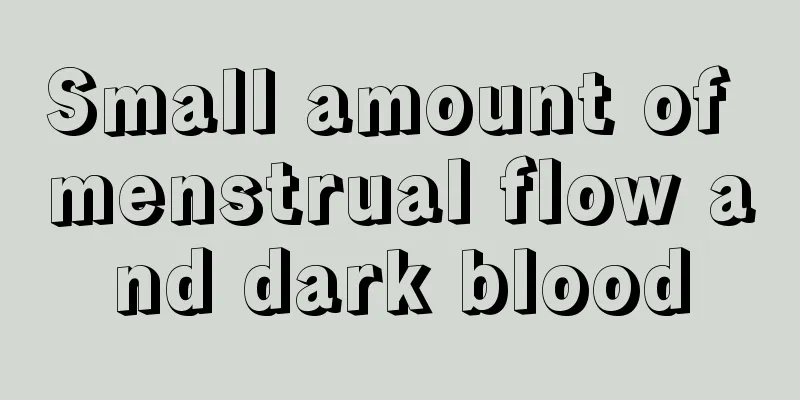How to distinguish cholesterol polyps from adenomatous polyps in gallbladder?

|
In B-ultrasound examination, the distinction between cholesterol polyps and adenomatous polyps mainly depends on observing the shape, size, location, echo characteristics and relationship with the gallbladder wall of the polyps. The following is the distinction based on these characteristics: Cholesterol polyps Morphology and size : Cholesterol polyps are usually small, mostly around 5 mm, with a smooth surface, and sometimes multiple. Echo characteristics : In B-ultrasound examination, cholesterol polyps appear as high echoes and have a relatively regular shape. Location and connection : Cholesterol polyps often protrude into the gallbladder cavity and are connected to the gallbladder wall by a thin pedicle. Other features : Cholesterol polyps generally have no blood supply, and the gallbladder wall is normal or slightly thicker. Adenomatous polyps Morphology and size : Adenomatous polyps are mostly solitary and may be larger in diameter, most of which are larger than 1 cm. Echo characteristics : In B-ultrasound examination, adenomatous polyps appear as low echo or mixed echo with irregular shape. Location and connection : Adenomatous polyps are mostly located in the neck and body of the gallbladder, with a few located at the bottom. They are generally connected to the gallbladder wall by a thick pedicle. Other features : Adenomatous polyps have a certain blood supply, and the gallbladder wall may be slightly thicker. In addition, adenomatous polyps have the potential to become malignant and need to be closely monitored. Comprehensive distinction points Multiple and solitary : Cholesterol polyps are mostly multiple, while adenomatous polyps are mostly solitary. Echo characteristics : Cholesterol polyps usually appear hyperechoic, while adenomatous polyps may appear hypoechoic or mixed echoic. Shape and size : Cholesterol polyps are regular in shape and small, while adenomatous polyps may be larger and irregular in shape. Relationship with the gallbladder wall : Cholesterol polyps are connected to the gallbladder wall by a thin pedicle, while adenomatous polyps are connected by a thicker pedicle. Please note that the above information is for reference only. In actual clinical applications, the results of B-ultrasound examinations need to be comprehensively analyzed and judged by professional doctors in combination with the patient's clinical symptoms, medical history and other examination results. If you have any doubts or symptoms occur, please seek medical attention in a timely manner and accept the diagnosis and treatment advice of professional doctors. |
>>: Iodized salt, non-iodized salt, low-sodium salt...which one is more suitable for your family?
Recommend
I'm over 50 and my period suddenly comes back
Menstruation is a common physiological reaction a...
Can I take a shower and wash my hair during menstruation?
It is actually best for women to take a bath when...
What causes finger joint pain in late pregnancy?
The late stage of pregnancy has reached a critica...
Women's menopausal age and precautions
We all know that every female friend has menstrua...
What should you pay attention to when doing confinement?
Many women are very nervous and don’t know what t...
What to do if you find out you are pregnant and don't want it
The development of medical technology has led to ...
What should I do if I have severe back pain in two months of pregnancy?
During pregnancy, pregnant women will experience ...
Ovarian effusion
Many people may not be very clear about ovarian e...
What is the long-term storage method for lotus roots with mud? Can lotus roots still be eaten if the holes inside are black?
High-quality lotus roots are plump, tender, juicy...
A guide to preventing falls at home for the elderly: helping them achieve a stable and happy life
...
What should I do if I have gynecological diseases during breastfeeding? Rapid treatment is key
If you find yourself suffering from gynecological...
The Big Question of "Poop": Unlock the "Health Code" Hidden in Poop
Feces are the "waste" of the human dige...
Why should we take care of purple clay teapots? What should we pay attention to when taking care of purple clay teapots?
Zisha teapots are the most popular tea-making ute...
What food is good for kidney deficiency and cold palace?
Kidney deficiency can lead to uterine coldness. T...
Where is Puzhehei in Yunnan? How is the tea from Yunnan Colorful Yunnan?
Yunnan is not only a place with beautiful scenery...









